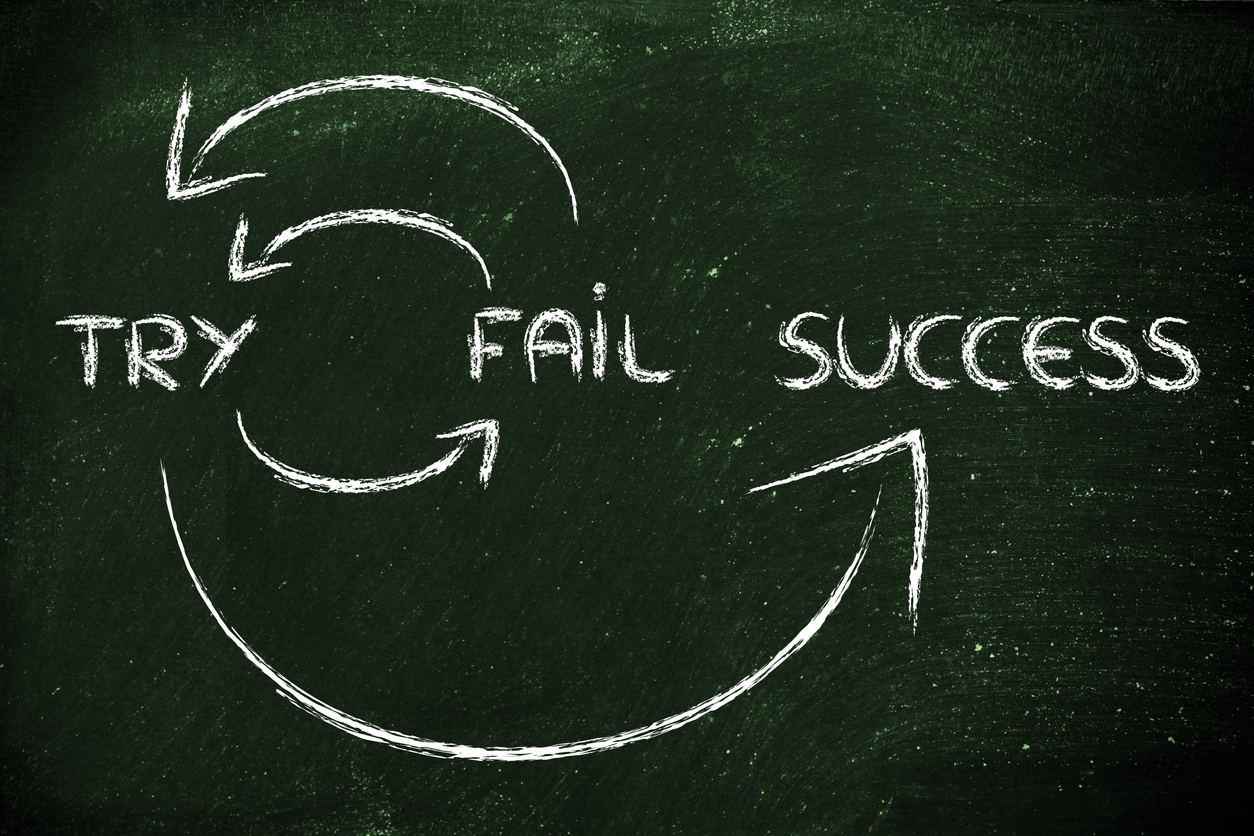Assertive communication: a tool to improve interpersonal relationships in the workplace
Did you know that companies with better staff rapport achieve 25% more productivity? That's according to a report by McKinsey. Bearing this in mind, the current situation certainly highlights the challenge facing companies in terms of strategy and effective communications.
Enjoying good interpersonal relationships at work can be achieved by improving communication processes and channels, as well as through assertive communication, in other words, having staff with good people skills, capable of getting their message across effectively, clearly and unequivocally, without resorting to criticism, conflict or discrediting.
That’s why it’s vital to understand what role you yourself play in the communications process, to improve business and personal relations and, in turn, boost the company's results.

What is assertive communication?
A writer and communications consultant at the Human Resources Observatory, Alfonso Aguiler defines assertiveness communication as “the tool or ability to honestly, accurately and directly express what you want, think and feel, without affecting the intentions of the person you're speaking to, while always respecting what that person feels and thinks”. So, an assertive person can be defined by having a high degree of empathy as well as the ability to manage their emotions, and control over their body language.
In fact, body language plays a major role in the communications process, because, as the study by Albert Merhabian indicates, some 55% of what we "say" is communicated non-verbally. It is for this reason that one of the keys to mastering this type of communication lies in ensuring that your body language, gestures, tone of voice and gaze are always in line with the respectful attitude, active listening and calm that assertiveness implies.
Likewise, the main aim of assertiveness is to convey an idea in a clear, friendly and empathetic way, in contrast to passive-aggressive communication where, on the one hand, passive communication tends to avoid any uncomfortable situations, leading to frustration and damaging rapport, and, on the other, aggressive communication intervenes without taking the interests and feelings of the other party into account.
Of course passive, aggressive and assertive attitudes are three different ways of tackling the same situation. In this sense, while it's not always easy with so many different factors at play, assertive communication offers the most effective means to do so, while also boosting healthy relations, because it strikes a balance between our own interests and those of the other party, creating a safe space in which to deal with difficulties.

3 assertive communication techniques
What techniques can we harness to put assertive communication into practice? Here are a few ideas:
Fogging technique
This technique consists of de-escalating and defusing the tension in the conversation, while also agreeing to some extent with the other party, without losing sight of your own stance. This is an effective way to handle criticism and avoid direct conflict.
Phrases such as: "what you mention there is true", "you're right about that" or "I agree with you on...", will help you to reach a middle ground before making your argument.
Assertive questioning technique
This method consists of dealing with any criticism as positive. Thus, you formulate a question to gather more information about what can be improved. The technique allows you to turn the situation on its head without challenging the other person, getting you both on the same page to identify a joint solution.
Imagine, for example, that your boss complains to you that "This report is badly done". If you want to use the assertive questioning technique, you might reply "How do you think it can be focused to achieve a better result?".
Broken record technique
This is all about maintaining your stance by repeating the same phrase in the face of unwanted requests or demands, albeit with no aggression and maintaining a calm tone of voice.
For example, let's say that you are negotiating holiday leave with a colleague and they ask you: "Would you mind swapping October week for me, I’d like to have a long weekend? And you reply, "I'm sorry, but I’ve already got everything planned for then". However, your colleague refuses to drop it and insists on you calling to change the dates and do them a favour. In this case, you can use the broken record technique, and without raising your voice, simply repeat: "I'm really sorry, but I’ve already got everything planned".
Benefits of assertive communication in the workplace
The ability to communicate effectively and empathically not only helps you forge more stable and healthy interpersonal relationships and greater cooperation within the team; it also offers other advantages:
- Better negotiations: assertiveness allows you to reach more mutually beneficial agreements, because you listen and understand what's happening around you and to the needs and interests of the other party.
- More effective leadership: some 30% of employees believe that their managers fail to promote a culture of transparent and open communication, which can impact a team's performance, work and motivation. But, through better understanding fostered by assertive communication, many dismissals can be avoided.
- A better atmosphere in the workplace: when team members have effective communication skills, overall, there is better rapport, less tension and less ambiguity.

Improve your communication skills
Assertive communication is a useful tool for both the workplace and daily life. Learning to convey our point of view and our interests, without disparaging the other person at any time, is a highly valued interpersonal skill that can even directly impact a company's efficiency, hence the importance of developing such skills.
For this purpose, and as part of this aim to boost employability and likewise help people to progress, overcome the challenges of the 4th industrial revolution, and grow in an inclusive and sustainable way, Banco Santander is committed to three key concepts: lifelong learning, reskilling and upskilling. To support this commitment, it has created the Santander Open Academy website, a unique and pioneering global programme.
If you would like to keep growing personally and professionally, head over to the Santander Open Academy website, where you'll find 100s of opportunities to train together with internationally renowned institutions. Access training in technology, languages, research, investigation, soft skills, internships and female leadership, which will help you to improve your employability or refocus your career.
Do you want to become a lifelong learner and increase your job opportunities? The Santander Open Academy website has plenty of options to help you achieve your goals. Check out the website and remember: you can sign up for as many courses as you like. Make the most of this opportunity!

More posts to read...
-
 12/04/2024 | Santander Universidades
12/04/2024 | Santander UniversidadesGrowth mindset: examples in the workplace to develop the right attitude toward challenges
Card text -
 01/03/2024 | Santander Universidades
01/03/2024 | Santander UniversidadesThe sandwich technique: how to deliver criticism in an assertive way
Card text